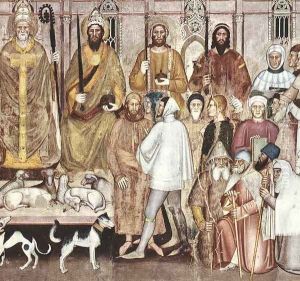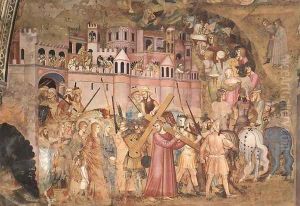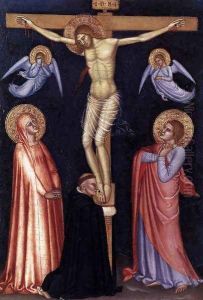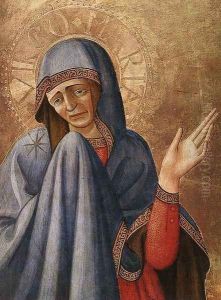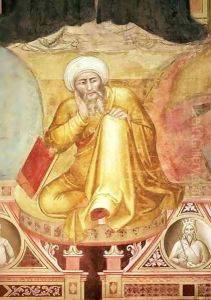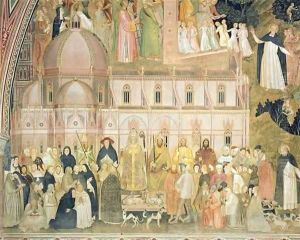Andrea Bonaiuti da Da Firenze Paintings
Andrea Bonaiuti, also known as Andrea da Firenze, was an Italian painter of the Gothic and early Renaissance periods. Although his exact birth date remains unknown, he is first recorded as active from 1343. His work is representative of the Florentine school of the mid-14th century, where he was influenced by the likes of Giotto and his followers. Bonaiuti's style is noted for its elegance and grace, as well as the use of a rich color palette and attention to detail, which was a step towards the emerging Renaissance style.
Bonaiuti is perhaps best known for his work at the Santa Maria Novella in Florence, particularly in the Spanish Chapel, where his frescoes illustrate complex theological concepts and narratives drawn from the Dominican Order. These frescoes, including 'The Church Militant and Triumphant' and scenes from the lives of Christ and Saint Peter Martyr, are celebrated for their narrative clarity and the integration of figures within architectural spaces, which was innovative for the time.
In addition to the Spanish Chapel, Bonaiuti's other significant works include contributions to the Florentine church of the Annunziata and possibly the design of a series of stained glass windows for the Florence Cathedral. His work was characterized by a didactic nature, aiming to educate and inspire viewers through visual storytelling.
Despite his contributions to the development of Florentine art, little is known about Bonaiuti's life, and his exact death date is uncertain, but it is believed to be around 1377. His legacy lives on through his frescoes, which continue to be studied for their artistic and historical significance as transitional works between the Gothic and early Renaissance periods.









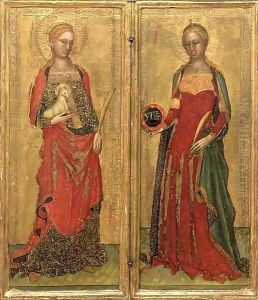


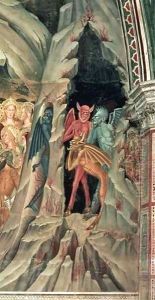
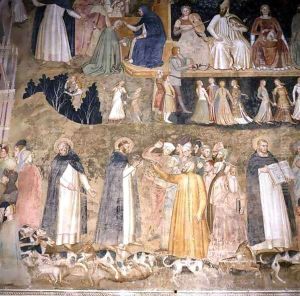
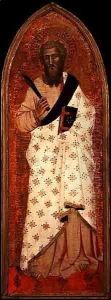







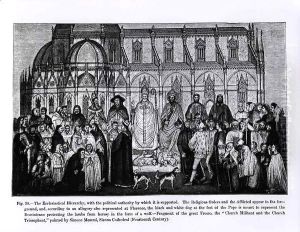




![Triumph of St. Thomas and Allegory of the Sciences [detail]](https://www.niceartgallery.com/imgs/317601/s/andrea-bonaiuti-da-da-firenze-triumph-of-st-thomas-and-allegory-of-the-sciences-detail-3fee1765.jpg)
